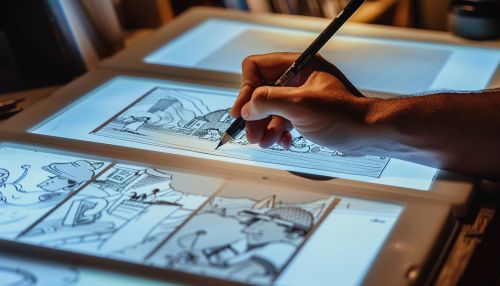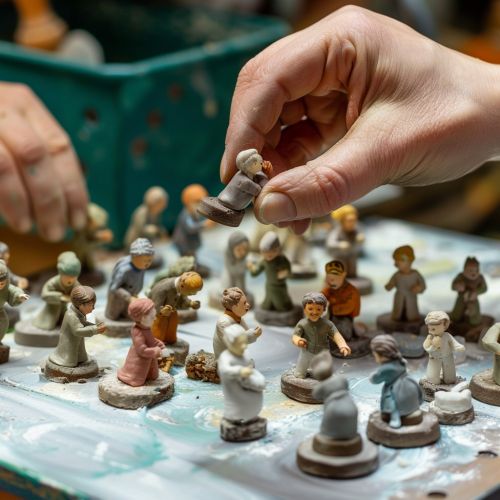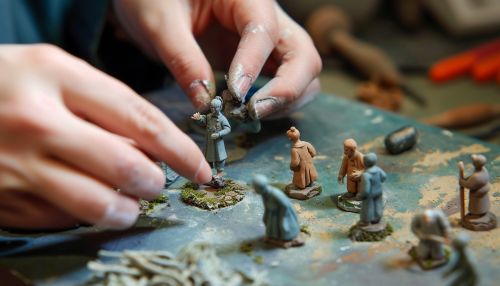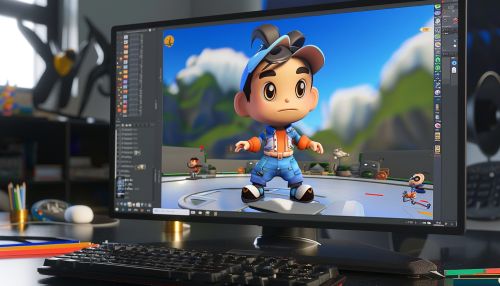Animation Techniques
Traditional Animation
Traditional animation, also known as cel animation, is one of the oldest forms of animation. This technique involves the creation of individual frames, each slightly different from the previous one, to simulate movement. The frames are then played in sequence at a high speed, creating the illusion of motion.


This method was the standard form of animation in cinema until the advent of computer animation. The process of traditional animation can be lengthy and laborious, as each frame must be drawn by hand. However, it allows for a high degree of artistic control and has a distinctive aesthetic that is still appreciated by many.
Cel Animation
Cel animation is a specific form of traditional animation. It involves drawing the characters on a transparent sheet (the cel), which is then laid over a painted background. This allows the background to remain static while the characters move, reducing the amount of drawing required.
Rotoscoping
Another technique used in traditional animation is rotoscoping, which involves tracing over live-action footage frame by frame. This can create a realistic motion and is often used for complex movements that would be difficult to animate by hand.
Stop Motion Animation
Stop motion animation is a technique where physical objects are moved in small increments between individually photographed frames. When these frames are played as a fast sequence, it creates the illusion of movement.


There are several types of stop motion animation, including claymation, puppet animation, and cut-out animation.
Claymation
Claymation is a form of stop motion animation that uses figures made of clay or a similar malleable material. The figures are sculpted and then moved slightly for each frame.
Puppet Animation
Puppet animation involves the use of puppets with movable joints. The puppets are posed for each frame, allowing for a wide range of movements and expressions.
Cut-Out Animation
Cut-out animation uses flat characters and backgrounds cut from materials such as paper, card, or fabric. These pieces are then moved and repositioned for each frame.
Computer Animation
Computer animation is a more modern form of animation that uses digital tools to create images and sequences. This form of animation can be divided into two types: 2D and 3D animation.


2D Computer Animation
2D computer animation involves creating or manipulating images in a two-dimensional space. This can be done using bitmap graphics or vector graphics.
3D Computer Animation
3D computer animation involves creating or manipulating a digital model in a three-dimensional space. This is often used in feature films and video games, and can create a very realistic effect.
Techniques Specific to Certain Mediums
There are also animation techniques that are specific to certain mediums, such as Flash animation for web animations, and GIF animation for small, looping animations.
Flash Animation
Flash animation is a type of animation that is created using Adobe Flash. This form of animation is often used for web animations and games.
GIF Animation
GIF animation involves the use of GIF files, which can contain a short sequence of images that loop continuously. This form of animation is often used on the internet for short, looping animations.
